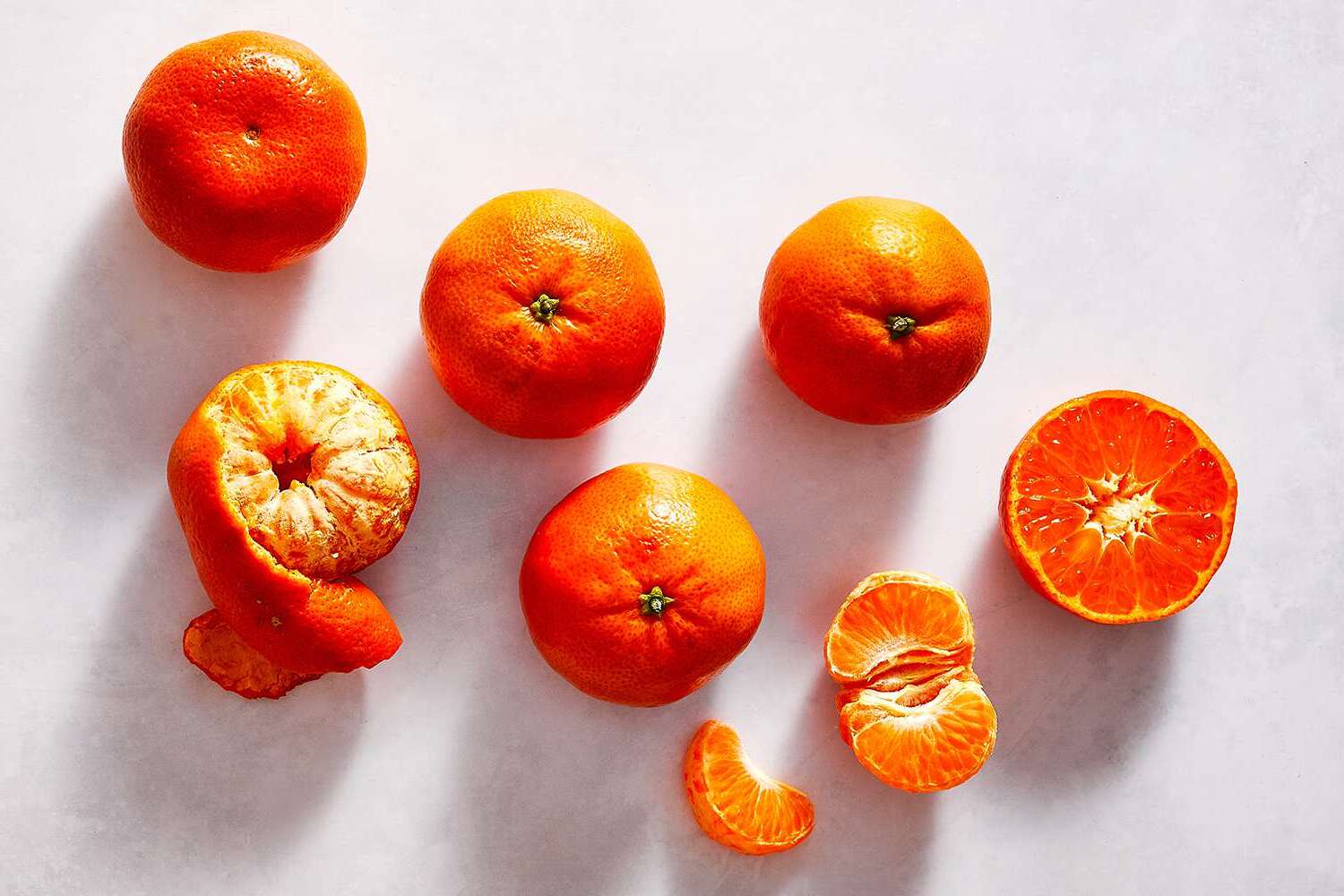
Satsumas are a type of mandarin orange that many people love for their sweet, juicy flavor and easy-to-peel skin. Originating from Japan, these citrus fruits have made their way into homes worldwide, especially during the winter months. But what makes them so special? Satsumas are not only delicious but also packed with nutrients like vitamin C, fiber, and antioxidants. They’re perfect for snacking, adding to salads, or even using in desserts. Whether you’re a fruit enthusiast or just curious about these tasty treats, you’ll find plenty of interesting facts about Satsumas that might surprise you. Ready to learn more? Let’s dive in!
Key Takeaways:
- Satsumas are seedless, easy-to-peel citrus fruits packed with Vitamin C and antioxidants, making them a healthy and convenient snack for anyone looking to boost their immune system and stay hydrated.
- Whether you enjoy them fresh, in desserts, or as a flavorful ingredient in cooking, Satsumas are versatile fruits that can be grown in subtropical climates or even in containers in cooler regions.
What is a Satsuma?
Satsumas are a type of mandarin orange known for their sweet taste, easy-to-peel skin, and seedless nature. Originating from Japan, these citrus fruits have become popular worldwide. Here are some fascinating facts about Satsumas.
-
Origin: Satsumas were first cultivated in Japan over 700 years ago. They are named after the Satsuma Province where they were initially grown.
-
Botanical Name: The scientific name for Satsuma is Citrus unshiu. This name reflects their Japanese heritage.
-
Seedless: One of the most appealing features of Satsumas is that they are usually seedless, making them a convenient snack.
-
Easy to Peel: The skin of a Satsuma is loose, which makes it incredibly easy to peel compared to other citrus fruits.
-
Cold Hardy: Satsumas are more cold-tolerant than other citrus fruits. They can withstand temperatures as low as 15°F (-9°C).
Nutritional Benefits of Satsumas
Satsumas are not just delicious; they are also packed with nutrients that offer various health benefits.
-
Vitamin C: A single Satsuma can provide over 40% of the daily recommended intake of Vitamin C, which is essential for a healthy immune system.
-
Low in Calories: Each Satsuma contains only about 50 calories, making them a great low-calorie snack option.
-
Fiber: These fruits are a good source of dietary fiber, which aids in digestion and helps maintain a healthy gut.
-
Antioxidants: Satsumas are rich in antioxidants, which help fight free radicals and reduce the risk of chronic diseases.
-
Hydration: With a high water content, Satsumas help keep you hydrated, especially during hot weather.
Satsumas in Culinary Uses
Satsumas are versatile and can be used in various culinary applications, from sweet to savory dishes.
-
Juice: Satsuma juice is a popular ingredient in cocktails, marinades, and salad dressings due to its sweet and tangy flavor.
-
Desserts: These fruits can be used in cakes, pies, and other desserts, adding a burst of citrus flavor.
-
Salads: Adding Satsuma segments to salads can provide a refreshing contrast to greens and other vegetables.
-
Sauces: Satsuma zest and juice can be used to make flavorful sauces for poultry and fish dishes.
-
Snacks: Simply eating them fresh is one of the best ways to enjoy Satsumas. They are perfect for lunchboxes and on-the-go snacks.
Growing Satsumas
Interested in growing your own Satsumas? Here are some tips to get you started.
-
Climate: Satsumas thrive in subtropical climates but can also be grown in containers in cooler regions.
-
Soil: They prefer well-drained, sandy soil with a slightly acidic pH.
-
Sunlight: These trees need full sun to produce the best fruit. Ensure they get at least 6-8 hours of sunlight daily.
-
Watering: While they are drought-tolerant, regular watering is essential during the growing season to ensure juicy fruit.
-
Pruning: Pruning helps maintain the shape of the tree and promotes better air circulation, which can prevent diseases.
The Sweet Finale
Satsumas are more than just a tasty treat. These citrus fruits pack a punch with their nutritional benefits, easy peel, and sweet flavor. Originating from Japan, they’ve made their way into kitchens worldwide, becoming a favorite for snacks, desserts, and even savory dishes. Their high vitamin C content helps boost the immune system, while their low-calorie count makes them a guilt-free indulgence. Plus, they’re seedless, making them perfect for kids and adults alike. Whether you’re adding them to a salad, baking them into a cake, or just enjoying them fresh, satsumas bring a burst of sunshine to any meal. So next time you’re at the grocery store, grab a bag of these delightful fruits. Your taste buds and your body will thank you!
Frequently Asked Questions
Was this page helpful?
Our commitment to delivering trustworthy and engaging content is at the heart of what we do. Each fact on our site is contributed by real users like you, bringing a wealth of diverse insights and information. To ensure the highest standards of accuracy and reliability, our dedicated editors meticulously review each submission. This process guarantees that the facts we share are not only fascinating but also credible. Trust in our commitment to quality and authenticity as you explore and learn with us.


